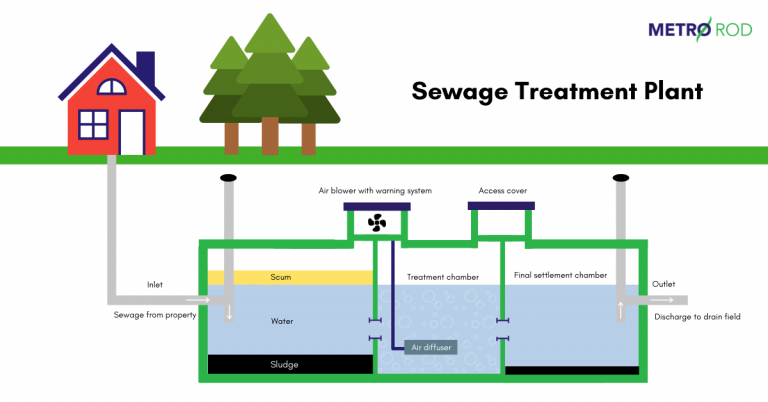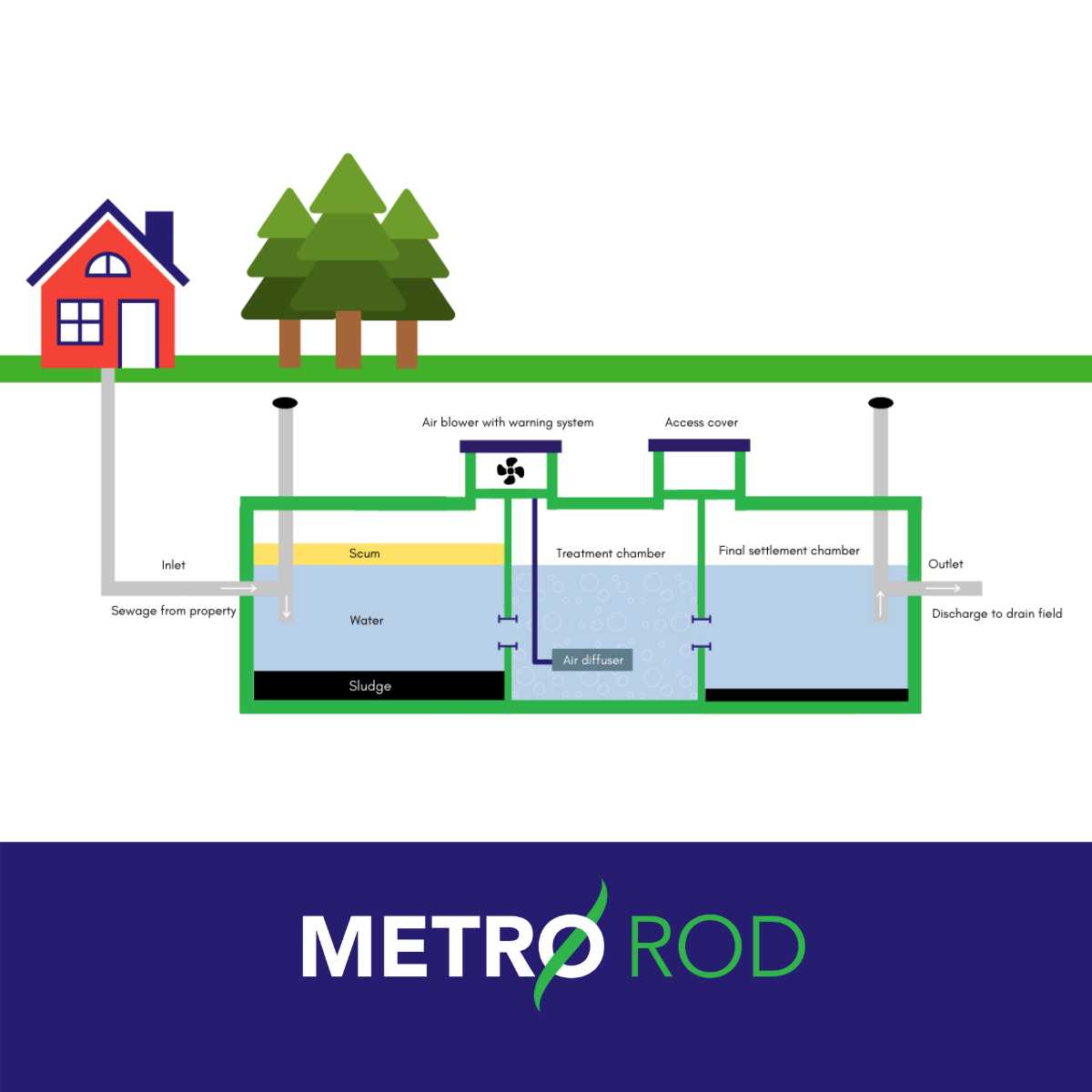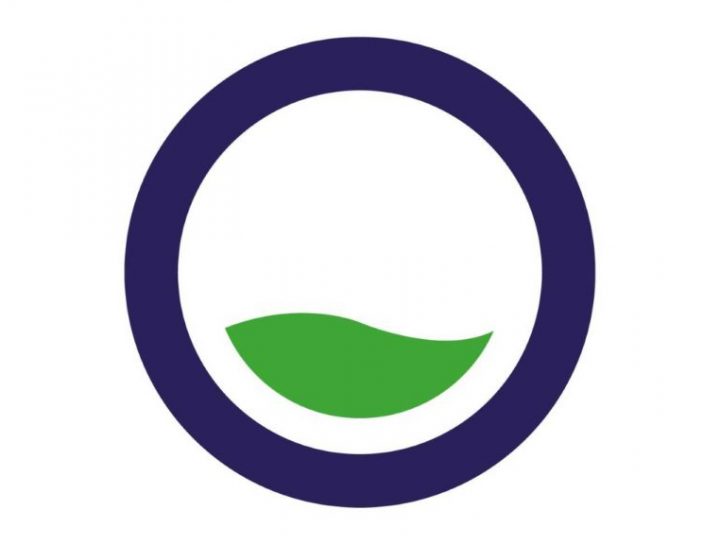click this to link to the sentence at bottom of page
Introductory Paragraph
Lorem ipsum dolor sit amet, consectetur adipiscing elit. Aenean eu bibendum nisi. Praesent faucibus eu leo vitae condimentum. Link to Septic Tank or Sewage Treatment Plant, Which Option is Best for You? Integer sollicitudin gravida libero a maximus. Proin lobortis risus a sodales sodales. Phasellus tincidunt, risus sit amet efficitur dignissim, nulla tellus dignissim turpis, eget rutrum dolor turpis nec sapien. Duis vehicula ipsum augue, non feugiat libero hendrerit non. Suspendisse posuere est sed lacus ullamcorper, eget tincidunt massa viverra. In ut odio vitae lectus dapibus blandit. Link to Contact a Sewage Treatment Plant and Septic Tank Emptying Expert. Etiam ornare rhoncus enim, nec hendrerit nunc egestas quis.
Septic tanks and sewage treatment plants are underground sedimentation tanks that safely dispose of sewage and wastewater from properties not connected to the main sewer. Although both sanitation systems have similar functions, there are distinct differences between the two.
Septic Tanks
The primary function of a septic tank is to collect and partially treat sewage and wastewater by separating any solids from the fluid.
 Septic tanks consist of two chambers separated by a split wall. Sewage and wastewater leaving your property will enter the first chamber, where they’ll sit until all solid waste is separated from the liquid. Fats, oils and grease float to the top of the tank to form a thin crust called scum. Excrement and food waste will drop to the bottom of the tank and form a layer of sludge. The separated liquid then filters through to the second chamber and is safely discharged into the nearby soakaway or drainage field.
Septic tanks consist of two chambers separated by a split wall. Sewage and wastewater leaving your property will enter the first chamber, where they’ll sit until all solid waste is separated from the liquid. Fats, oils and grease float to the top of the tank to form a thin crust called scum. Excrement and food waste will drop to the bottom of the tank and form a layer of sludge. The separated liquid then filters through to the second chamber and is safely discharged into the nearby soakaway or drainage field.
Sewage Treatment Plants
Sewage treatment plants are self-contained tanks commonly viewed as the modern upgrade to septic tanks. Although sewage treatment plants perform the same role as septic tanks, separating solid waste from the liquid and discharging it into a nearby soakaway or drainage field, they include an additional step to the process by treating the wastewater before releasing it. That is making it cleaner and more environmentally friendly. In addition, their design is where septic tanks and sewage treatment plants differ. Septic tanks comprise two chambers, whereas sewage treatment plants typically consist of three.

The wastewater treatment process is conducted in three stages:
The first stage is identical to septic tanks; sewage and wastewater enter the first chamber and are held until the solid waste separates from the liquid. During the second stage, the wastewater flows into the treatment chamber, where an air pump blows oxygen into it to stimulate the growth of aerobic bacteria. This form of bacteria requires oxygen to survive, and its purpose is to break down any remaining sewage within the wastewater, effectively cleaning it.
Once the fluid has been cleansed, it travels into the settlement chamber, where the aerobic bacteria drops to the bottom of the chamber. The purified liquid is discharged into a nearby soakaway or drainage field.
Although sewage treatment plants are viewed as the evolutionary upgrade to septic tanks, due to their complex design and efficient treatment process, there are a couple of shortcomings:
- To fill the treatment chamber with oxygen, the air pump requires a constant electricity supply to promote the growth of aerobic bacteria. This will result in additional costs as septic tanks don’t require electricity to function.
- Sewage treatment plants need more routine maintenance and service visits than septic tanks. Typically, septic tanks need to be emptied more often; however, sewage treatment plants are more susceptible to wear and tear due to their additional parts.
- Sewage treatment plants cost more to install than septic tanks, particularly if there isn’t an existing soakaway or watercourse for the effluent to discharge to.
It’s worthwhile mentioning that the cleansed wastewater from sewage treatment plants can be dispersed into other watercourses. However, you must notify your local water authority and gain their consent to do so.
Septic Tank or Sewage Treatment Plant, Which Option is Best for You?
To determine the best sanitation system for your site will depend on several key factors, such as expense, site constraints and permit requirements. If you’re seeking a new sanitation system, sewage treatment plants are more environmentally friendly as they provide cleaner effluent and require less frequent emptying than septic tanks. However, they cost more to install and need a constant electricity supply.
In contrast, septic tanks are more cost-efficient to install, but they require more space and frequent emptying to prevent residue build-up. Also, the introduction of the General Binding Rules in 2020 made it illegal for septic tanks to discharge into rivers, streams, ditches and other watercourses to prevent environmental pollution.
Generally, septic tanks are more suitable for single households or small development sites with adequate space to develop a soakaway system. On the other hand, sewage treatment plants are best suited for homes with multiple occupants, major development sites or commercial premises.
Contact a Sewage Treatment Plant and Septic Tank Emptying Expert
With over 35 years of experience in septic tank and sewage treatment plant maintenance, Metro Rod is one of the most trusted drainage companies in the UK. We can provide you with dependable, hassle-free septic tank or sewage treatment plant installations, emptying and maintenance. Our qualified network of engineers have access to the latest technology and equipment, allowing us to provide septic tank and sewage treatment plant services that are fast, efficient and cause minimal disruption.
For routine septic tank and sewage treatment plant emptying, maintenance or installation services, get in touch with your local depot today.
You have linked here

Talk to your local Metro Rod specialist
We are always happy to arrange a free site assessment and no obligation quotations for any work you might need. Alternatively, you can call our emergency hotline number on 0800 66 88 00
Get in touch Drainage Services

